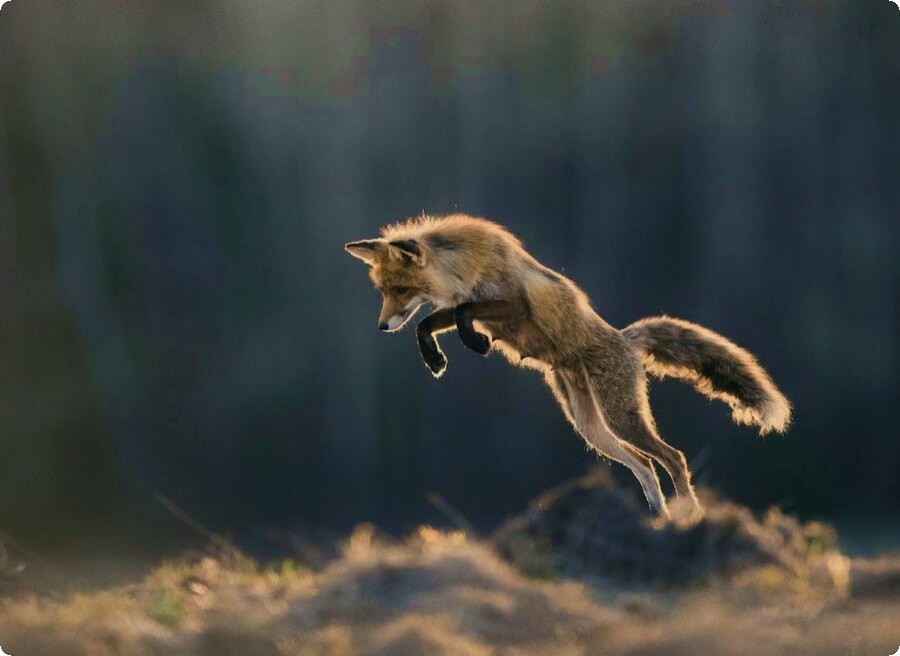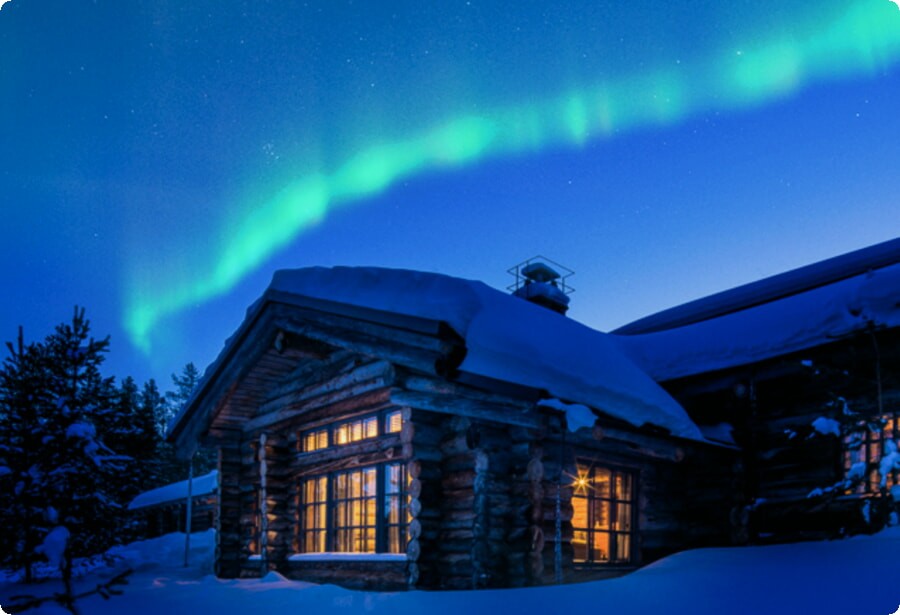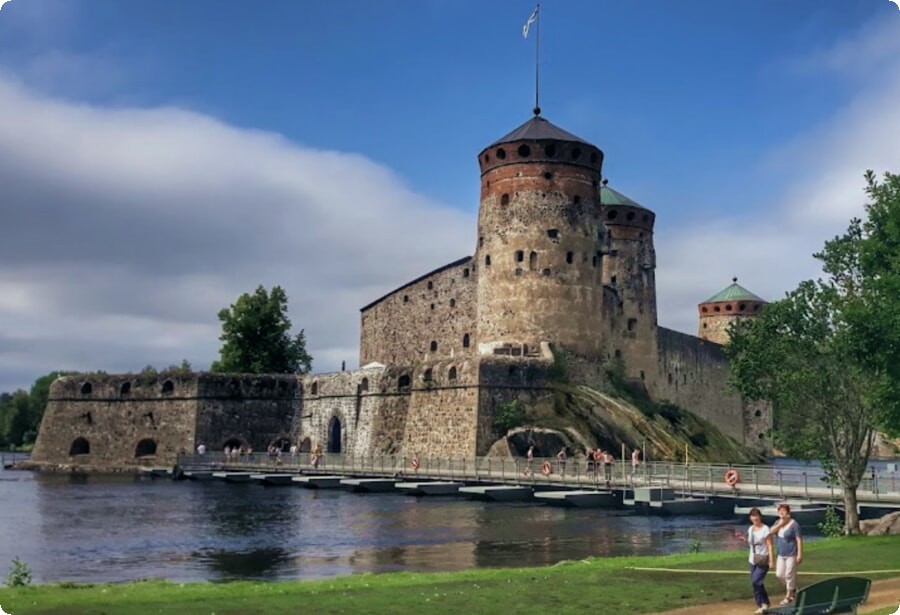Beautiful Finland
The country of Finland is a northern European republic, which is part of all significant European associations - EU, Nordic Council, Schengen Agreement and many others. Finland acquired the status of an independent state on December 6, 1917. The area of the country is 338,424 sq. km.
For a comfortable trip, many tourists prefer to use car rental services in Finland. The average cost of renting a car at Helsinki Airport is 20 euros per day, in the center of Helsinki the cost of renting a car is the same as in the city, although it is usually cheaper to rent at the airport.
Finland's neighbors are Norway, Russia and Sweden. The western and southern shores of Finland are washed by the Baltic Sea and its two bays - Bothnian and Finnish. A quarter of the country's territory is located beyond the Arctic Circle. The capital of Finland is Helsinki.

After the abandonment of the Finnish mark in 2002, the currency in the country is "euro".
Population
The population of modern Finland exceeds 5.3 million people, of which 93.4% are Finns, 5.6% are Finnish Swedes, 0.51% are Russians, 0.42% are Estonians, 0.16% are Swedes, and also other national minorities.
The country has two officially recognized official languages - Finnish and Swedish.
Despite the fact that the Constitution of Finland proclaims the Evangelical Lutheran and Orthodox churches as state churches, the country is one of the most non-religious in Europe: almost 20% of the inhabitants are atheists. Slightly more than 78% of Finns consider themselves Lutheran Evangelists, and slightly more than 1% of the country's inhabitants are classified as Orthodox.
State system and territorial division
Finland is characterized by a mixed republican form of government. The supreme legislative power is concentrated in the hands of the president and the unicameral parliament (Aeduskunta), the executive power is headed by the president and the Council of State, and the judiciary consists of a court dealing with ordinary criminal and civil cases and an administrative court.

Finland is a unitary state, which includes 20 regions, consisting of 72 districts. The latter in their final division consist of 342 communities. Partial autonomy of the country is the Åland Islands, which are part of Finland.
Features of the relief
The relief map of Finland allows us to distinguish several conditional geographical zones.
1. Coastal lowlands along the coast of Bothnia Gulf and Finland Gulf and the coasts of the Finnish archipelagos.
Tours to Finland - Lapland photo
Famous Lapland
2. The region of lakes on the inner plateau south of the central part of Finland. This area is characterized by many swamps, lakes and dense forests.
3. Northern upper reaches - the territory of the Arctic, Lapland. Here is the highest point of the country - one of the slopes of the Halti hill (1324 m). The hill itself has a mark of 1365 m, but its top is already located on the territory of neighboring Norway.
4. Lowlands are the dominant landforms in Finland.

Water resources
It is not without reason that Finland is called the "country of thousands of lakes" - there are more than 190,000 of them. Their total area is 9% of the entire area of the country. Among the most famous lakes are the deepest in Finland, Paianne, the most extensive Saimaa, as well as Oulujärvi, Inari, and others.The number of Finnish rivers reaches 2000, and most of them flow into the Baltic Sea, and only a few rivers carry their waters to the Arctic Ocean. The largest rivers are Kemijoki, Tornionjoki, Oulujoki, Kemijoki.Swamps occupy about 30% of the country's territory.
Climate
Finland is a country with a temperate climate, ranging from maritime to continental. Finland is characterized by westerly winds, which bring with them frequent cyclones and a large amount of precipitation. Winters in the country are harsh and cold: in February, the average air temperature in the center is most often recorded around 6 ° C, in Lapland 14 ° C. Summer "heat" in the south is marked by average temperatures of + 17 ° C, and in the north it is even less - + 14 ° C.

Flora and faunaDense coniferous forests, in which pine is the predominant species, cover the entire central part of the country. On the coasts and rocky coastal archipelagos, vegetation is rather sparse - tundra flora, which in the north is almost completely replaced by permafrost.
Finland is a country of 35 national parks, the total area of which exceeds 8,000 square meters. km. National parks are the pride of the country; numerous tourists spend their holidays in Finland in a fascinating and interesting way.
Under the protection of the state are not only representatives of forest vegetation, but also local fauna that has been severely affected by human activities - wolves, bears, lynxes, foxes, elks, squirrels, hares, desman, otters, reptiles and birds, of which there are about 250 species in the country.Sights of FinlandThe main tourist destination in Finland are the famous Finnish ski resorts Vuokatti, Himos, Tahko, Myllymäki, Saariselkä, Ounasvaara, Ruka, Pyhä, Levi, Ylläs and many others.Summer tours to Finland, contrary to the stereotype a clear idea of it as a cold, northern country, they also offer beach holidays in the vicinity of Turku and Helsinki, as well as on the shores of the cleanest Finnish lakes.The richest cultural and historical potential of the country has been preserved in ancient fortresses and castles, various museums and the architectural monuments in Tampere, Helsinki, Naantali, and Turku captured in numerous photos of Finland.